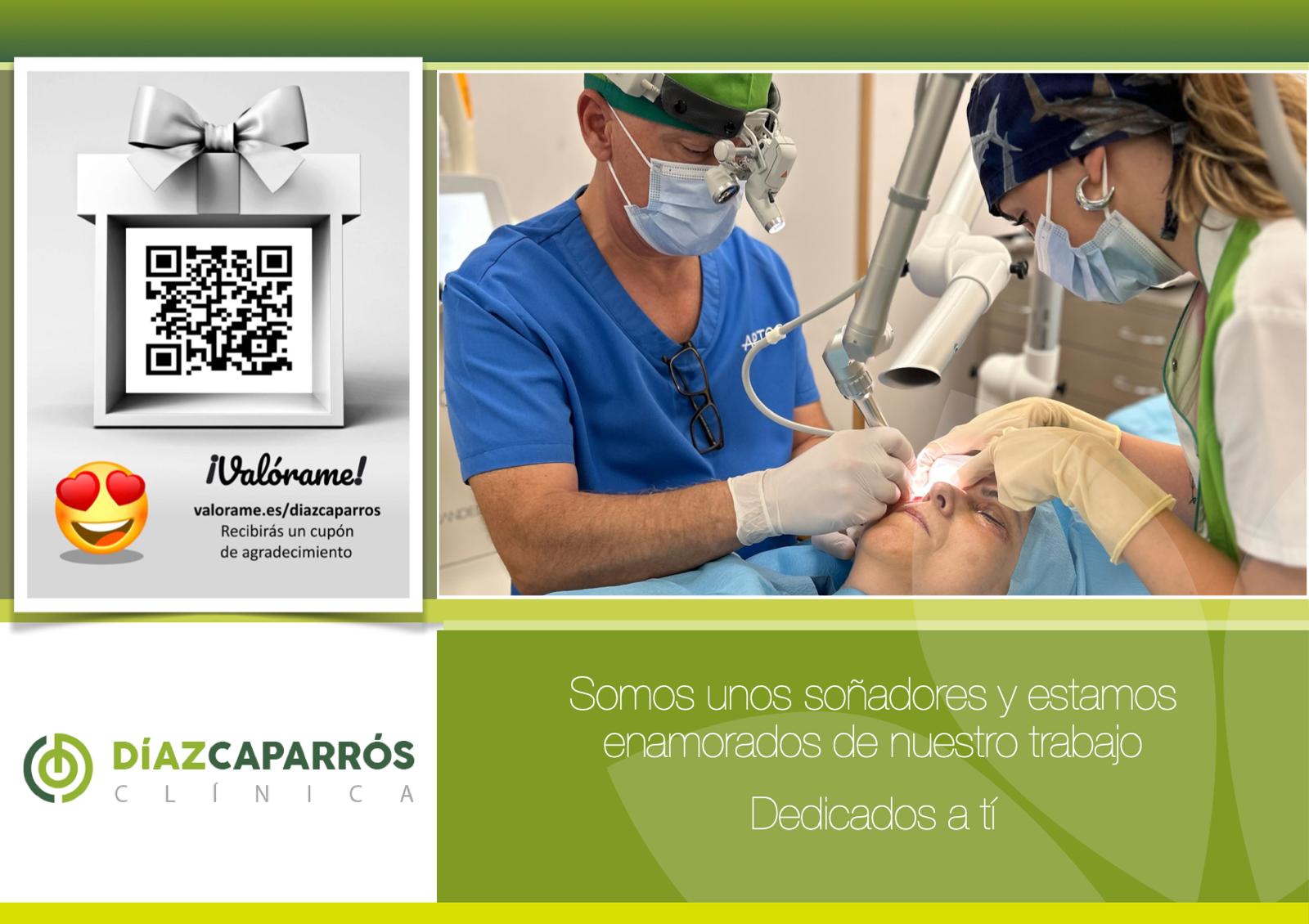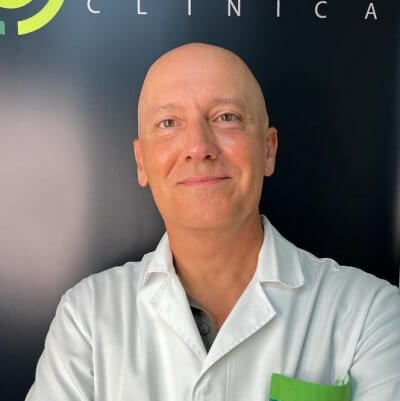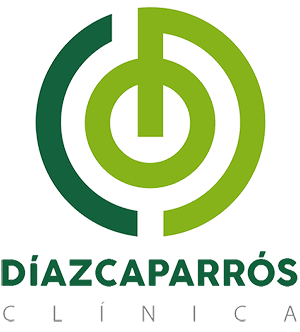
Six of the best aesthetic treatments
Rejuvenating treatments have come a long way from invasive face lifts and paint-stripping peels that required weeks of recovery. Now with the zap of a sophisticated machine or prick of a needle, you can look revived in no time.
The Australian Health Ministers’ Advisory Council says, “cosmetic surgery is now a billion dollar industry and non-surgical procedures have seen about a 40-50 per cent increase over the last five years”.
We asked the experts in this rapidly evolving industry what they have found to be the most effective aesthetic treatments available, what’s new on the horizon and how to avoid the pitfalls.
Instant rejuvenation
A non-invasive treatment that gives instant rejuvenation benefits with no pain or downtime sounds like the holy grail of aesthetic therapies. That’s probably why Elektra CDC™ has been a huge success for more than 10 years in the UK and has highly vocal devotees. The light therapy device uses AFT light and Nd-YAG laser to stimulate cells within our skin, which begin to slow down as we age. Unlike some anti-ageing treatments that damage the skin in order to encourage the body’s reparative response, Electra CDC™ stimulates natural processes to rejuvenate the skin, and causes no thermal damage, with no harmful UVA or UVB rays.
According to the company, tissues and cells within the skin absorb light at specific wavelengths, and studies have shown that red light therapy can stimulate collagen precursors and enzymes associated with cellular remodelling. When cellular activity is stimulated, results can include increased blood flow, better oxygenation, detoxification and hydration of the skin.
Wrinkle prevention injections
While wrinkle prevention injections are not new – they have been used cosmetically for more than 30 years – how and where they are used is continually evolving.
“Anti-wrinkle injections and dermal filler injections are the most popular non-surgical cosmetic treatments in Australasia,” says Dr Susan Austin from the Cosmetic Physicians Society of Australasia (CPSA).
Lisa Russell, Caci training academy manager, says Botox still delivers the best results when it comes to an effective treatment for wrinkles. The treatment involves injecting small amounts of the Botulinum toxin (which is available as Botox® or Dysport®) directly into the muscle.
The toxins temporarily reduce the action of the muscle by blocking the ability of motor nerves to release acetylcholine, the neurotransmitter that relays nerve signals to muscles, resulting in softer lines or wrinkles in the overlying skin. It takes about three to four months to build a new batch of nerve proteins and the nerves return to full capacity at about four to six months, which is when the results wear off. Over time the results last longer due to the nerve proteins becoming slower at rebuilding.
Russell dispels the myth that long term use of Botox can lead to muscle atrophy or cause damage to the muscle. “Botox temporarily blocks the nerve signal to the muscle, and although the muscle may weaken during this time, it will return to normal strength once the Botox has worn off. It has no effect on the muscle – just the nerve signal.”
Russell says the location and number of injections used varies with each client because “every individual is different, and so the location, size, and use of the muscles varies from person to person.
“Botox is most effective when treating the forehead, frown and crow’s feet. These areas tend to be the most expressive on faces therefore prone to fine lines,” she adds. It’s when inexperienced people inject the wrong muscle, or use the wrong dosage, that things go wrong.
“Botox should only ever be administered by a specialised and skilled health professional, as it can have a poor cosmetic effect if administered at the wrong site or in the wrong dose,” says Russell.
Suzie Hoitink from Clear Complexions Clinic says various medications and medical conditions can interfere with various aesthetic treatments, including Botox, so it is important to discuss the procedure with a doctor beforehand to make sure there are no nasty side effects.
“At the end of the day, it is your face – you need to be careful.”
After a treatment, which usually takes about 10 to 15 minutes, there may be slight redness at the injection sites, which will usually settle within 15 minutes. Results are seen within a few days.
“We see lots of people coming to us because they look tired, even when they are not” says Russell. “They feel their skin looks dull, lacks lustre and has lost its youthful glow.” The common misconception with wrinkle prevention injections and fillers is that it will improve the condition of the skin. “Botox and fillers will dramatically reduce lines and wrinkles and fillers will plump up areas of volume loss and deficit, but neither are skin treatments.”
Smooth and clear complexion
Like wrinkle prevention injections, lasers have been around for many years but they have improved enormously recently and they continue to develop in leaps and bounds. Lasers are usually the treatment of choice for improving the complexion and texture of the skin and can treat sun damage, broken capillaries, coarse pores, redness, rosacea, acne scars, pigmentation and sun spots.
“Patients are starting to appreciate the importance of skin texture and tone. In other words, achieving a more even skin colour is just as important as reducing lines and wrinkles as part of an overall rejuvenation programme,” says Georgina Robertson from Prescription Skin Care.
Lasers are very difficult to use and operators need to be extremely cautious and professional. They have traditionally had side effects but if used properly they can be exceptionally effective for improving the surface layer of the skin.
One of the most important considerations when it comes to treating the skin with lasers is selecting an operator who is able to identify the different types of pigmentation present.
If someone has a type of pigmentation caused by hormones, for example, it is dangerous to use the same treatment that you would use for someone whose pigmentation is caused by sun damage.
“If people are not offered a thorough consultation before a laser treatment I would suggest they try a different clinic,” says Suzie Hoitink. “We often have to repair serious damage caused by incorrect use of laser.
“For example, a simple antibiotic for acne can make
the skin light sensitive. If the wrong laser is used this skin can burn.”
The House of Camille is in the process of obtaining the new Elos Plus laser, which is a complete aesthetic workstation targeting hair removal, vascular and pigment treatment, acne and skin rejuvenation.
“The machine works by using light to target the chromophores in the skin,” says Kim Larsen from House of Camille. “The treatment involves a handpiece being placed onto the skin and pulses of light being administered to target the chromophore on the skin.
“For example, for hair removal the light is attracted to the melanin present in the dermal papilla and hair shaft, heating to 70 degrees and rending the area devoid of the ability to regrow. For skin rejuvenation a different setting is used and the light is attracted to the water in the fibroblast cells, which can increase the tensile strength of the skin. The laser feels similar to a rubber band on the skin and is well tolerated by most clients.”
Other breakthroughs for laser include new applications such as correction for stress incontinence and prevention of snoring by tightening the tissue at the back of the throat.
Weight loss
The latest figures from the National Health Reporting Authority for the Council of Australian Governments shows that 63 per cent of Australians are now either overweight or obese, up from 44 per cent in 1989.
Excess weight is a leading contributor to a number of health conditions including type 2 diabetes, heart disease, stroke and several types of cancer. With this alarming rise in obesity rates, weight loss surgery is also gaining in popularity. Bariatric surgeon Dr Grant Beban has seen a growing demand for surgery but the treatments are moving away from gastric banding to the more effective gastric bypass and sleeve surgery.
“Gastric banding has been successful for many people but it’s not for everyone. There may be complications with the band, weight loss may not be as great as they hoped or they don’t like the changes to the quality of the food as sometimes they are restricted to eating soft or pureed food,” says Beban.
He has seen great success with gastric sleeve surgery, which involves reducing the size of the stomach by about 80 per cent, from a sac to a narrow tube using keyhole surgery. Weight is lost because the patient feels fuller earlier after eating, largely due to the smaller size of the stomach. The procedure also reduces some appetite stimulating hormones produced by the stomach. Normal foods can be consumed, just in reduced quantities.
There are various reason why people choose weight loss surgery says Dr Beban, “It may be a problem that they have been dealing with for years, which they have been trying to manage unsuccessfully with diets, or they may be finding it increasingly difficult to get clothes that fit or travel internationally, or there may be health reasons that need to be addressed, like diabetes.”
“The greatest misconception that frustrates me is that weight-loss surgery is the easy way out, that if people worked a bit harder they could loss those extra 50 or 80 kilograms and keep them off long-term.”
“It would be great if we didn’t need weight-loss surgery” adds Beban, who would like to see the factors that are driving the obesity epidemic being addressed and managed, such as the profusion of cheap calories.
He would also like to see proper education on healthy eating and regular activity. “Surgery isn’t a cure for the obesity epidemic. The operations don’t change your behaviour. The operation makes it possible for you to put changes in your behaviour to bear fruit.”
Skin tightening
According to Dr Garry Cussell, from The Facial Rejuvenation Clinic, the trend in aesthetic treatments in the next 10 years is going to be skin tightening.
“The major network of collagen fibres are in the deep layers of the skin, where most lasers cannot penetrate. To get heat down to these layers to stimulate this area you need to use different types of energy such as electrical energy, radiofrequency energy and ultrasound energy,” says Cussell.
“We have one machine that projects deep needles into the skin through which we send an electrical frequency. The technology is being refined to the extent that you don’t get any bleeding, just some transient skin redness. A single session will lift and tighten sagging skin.”
For people in their mid-30s and beyond, one of the main concerns is keeping the skin strong, firm and elastic.
“This isn’t about what is happening on the surface of the skin, it’s what is happening in the deeper layers of the skin,” says Cussell.
“Every year we get older we produce less collagen fibres, so the density of that collagen get less and it is a fairly recent technology that allows us to target that area and strengthen it. We can’t completely stop ageing, but we can slow it down.”
Skin tightening is a fairly new development because it was very hard to get the technology right.
“To get a heat source into the deeper layers of skin while at the same time protecting the surface layers and not effecting the bone and muscle underneath the skin is difficult,” says Cussell.
“But that has changed enormously and through the different types of energy sources we have new ways of tightening skin. The technology causes an immediate heat contraction of the protein network of collagen fibres so you get an instant result as well stimulating additional collagen for a more long-term result.”
Thermage (which uses radiofrequency) was the original machine using this type of technology, but it hurts, the treatments last about 90 minutes and it is expensive (a 90-minute session costs about $3350).
Ulthera uses ultrasound technology for its skin-tightening effect. It is not as painful as thermage but is still expensive at approximately $2500 for a 60-minute session. Treatments using electrical heat are less painful and cheaper, but are required more frequently.
Watch this space: Cryoneuromodulation
If the thought of a needle has you running for the hills, you may be interested in the new anti-wrinkle treatment that has yet to make it to our shores but is currently being assessed in the United States.
Cryoneuromodulation uses a probe to freeze
nerves so the muscle causing wrinkles cannot be activated. Unlike injections, which can take up to seven days to take full effect, cryoneuromodulation has an instant effect.

Te ayudamos a cuidar tu salud.
La mejor Clínica de estética para tí.
Nuestras áreas:
- Otorrino
- Audiología
- Medicina Estética

Félix Díaz Caparrós
Director Médico, Gerente
Información



Deja una respuesta
Lo siento, debes estar conectado para publicar un comentario.